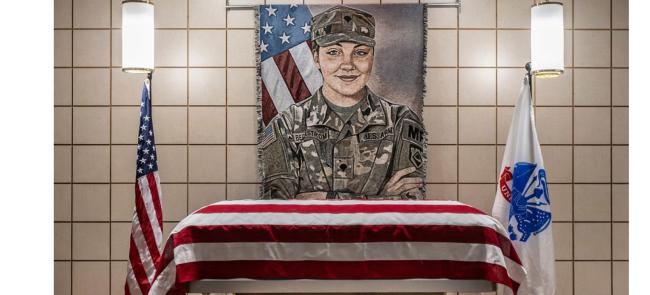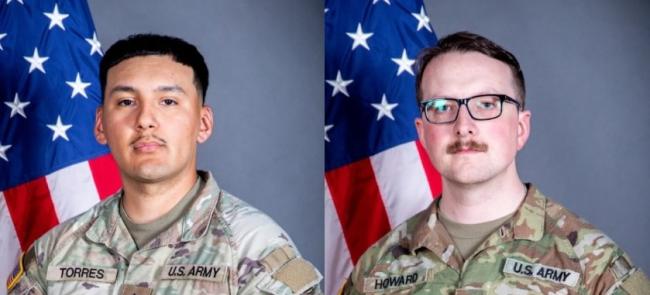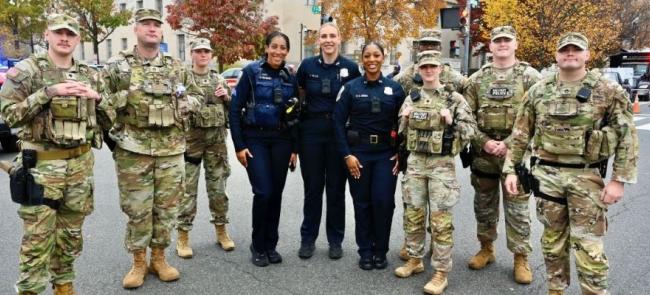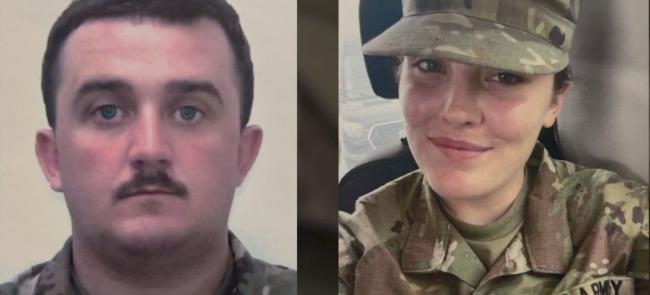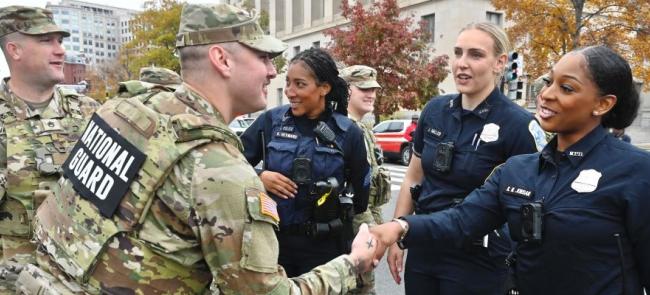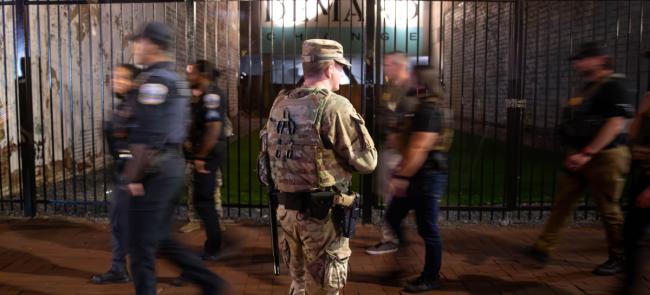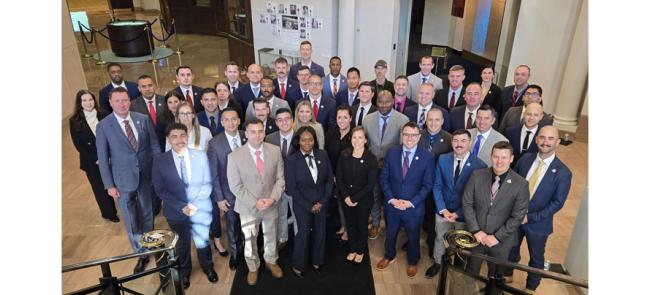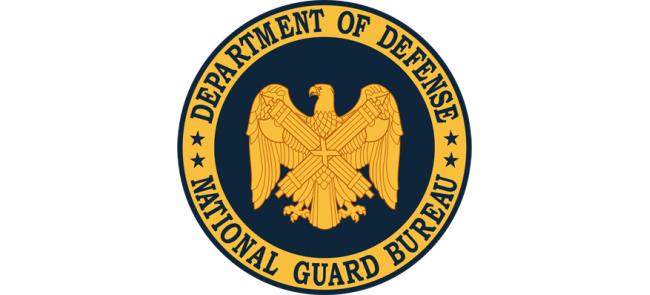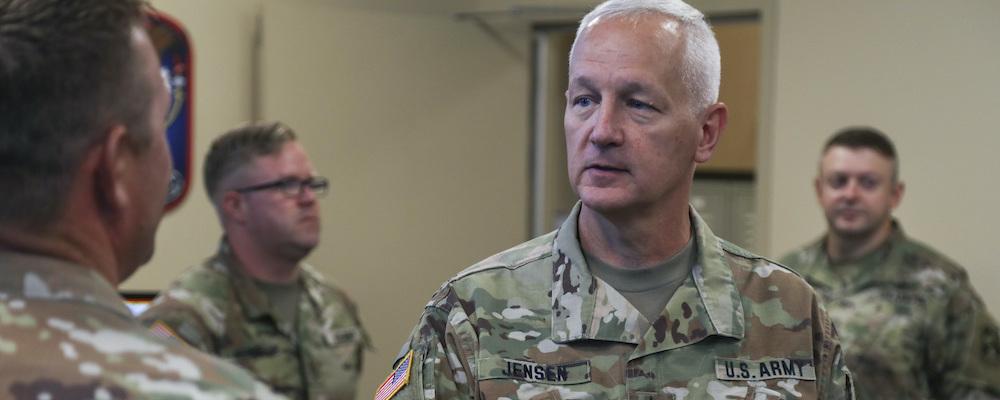
Leaders from across the Army National Guard addressed wide-ranging issues, from the Army’s new readiness model to balancing state and federal missions and the need to modernize recruiting and retention efforts during a seminar last week hosted by the Army Guard’s top officer.
Lt. Gen. Jon Jensen, the director of the Army Guard, hosted the event during the annual meetings of the Association of the U.S. Army meeting in Washington, D.C. Panelists included two adjutant generals, the Army Guard’s senior division commander and a senior cyber officer.
Gen. James C. McConville, the Army chief of staff, provided opening remarks for the event, which was focused on how the Guard can position itself to meet future operational requirements.
He used the opportunity to thank the Guard for its efforts over the past two years, highlighted by ongoing pandemic relief efforts, disaster responses and other domestic missions.
He described those efforts as “miraculous” during a challenging and stressful time period.
“You’ve become the Swiss Army knife for every problem in the United States and it’s not just what’s going on in the U.S., you’re still operating around the world,” McConville said.
Jensen said it’s the Guard’s diverse mission portfolio and depth that enables the force to prioritize training and missions while simultaneously meeting domestic operations requirements that in recent years have become increasing complex and often on short notice.
The Army Guard is currently supporting COVID-19 operations in 46 states and territories, with 11,000 soldiers on duty. In all, 16,000 were supporting domestic operations as of last week, Jensen said, with 9,800 supporting homeland defense and homeland security missions and another 17,000 deployed across the globe.
Jensen said preparing for those overseas missions is what creates the capability and versatility that allows the Army Guard to respond to any mission domestically.
But change to that process is coming for the Army as a whole, as the new Regionally Aligned Readiness and Modernization Model, or ReARMM, is introduced.
Maj. Gen. Paul Rogers, the adjutant general of Michigan and chair of the modernization advisory committee to the director of the Army Guard, said teamwork across the force will be key to ensuring the Guard succeeds in the model, which is based on a three-part cycle of modernization, training and mission for all components.
While the active-component window for the model will range from two years to 40 months, depending on unit type, the Army National Guard and Army Reserve will have a 60-month cycle beginning with modernization efforts and ending with a mission window of 18 months.
Failing to modernize on time will risk future readiness, Rogers warned, urging leaders to look at their training installations, maintenance facilities, schools and command team stability to ensure future success.
Other members of the panel included Brig. Gen. Laura Yeager, the commander of the California-based 40th Infantry Division; Maj. Gen. R. Dale Lyles, the adjutant general of Indiana; and Col. Daniel Lister, the Idaho Guard’s chief information officer.

